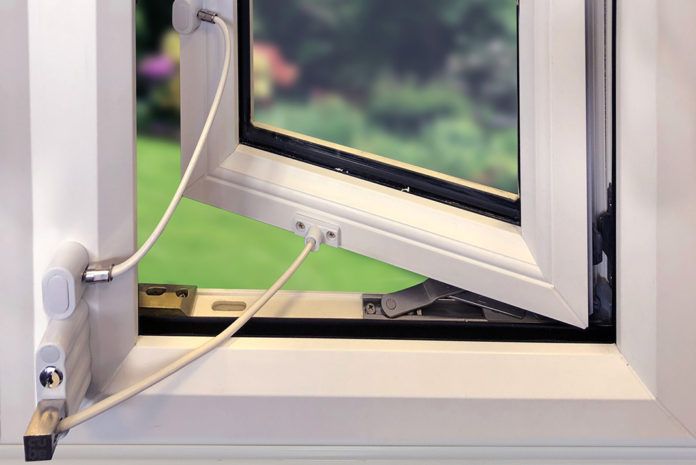
Cubelock claims that its CLB2 fixed restrictor can more than double the holding force of any window restrictor and that this can help tackle the problem that some window restrictors may have in preventing a determined effort to force a window open beyond the 100mm.
According to Cubelock, the Department of Health, Estate and Facilities Alert EFA/2013/002 highlighted that the force testing of window restrictors to BS EN 13126-5:2011 does not adequately address the excessive application of pressure. Testing of window restrictors, and in particular the forced opening test which is a maximum of 500N, is reported to have been deemed ‘insufficient’ by the Department of Health. Specifically, in mental health facilities, where there is a requirement for higher levels of strength than the standard.
“To combat this, we designed the CLB2 fixed restrictor which fits alongside our CLS1 standard window restrictor to give it extra holding force,” said Toby Staff, managing director at Newstar Door Controls. “In this configuration, a minimum force to break both of 5250N has also been confirmed by testing. We estimate that the addition of the CLB2 fixed restrictor more than doubled the holding force of the original fitted restrictor.”
“The advice from the Health and Safety Executive, is to follow the guidelines HBN 00-10 Part D: windows and associated hardware. Good practice would indicate that risk assessments, inspection and maintenance systems, should also be reviewed. Then all installed windows should be inspected to ensure they are adequate for the purpose intended. In particular this should include areas where they have the potential to be abused by excessive force. Where weaknesses are found, the CLB2 fixed restrictor which when fitted on its own has a holding force of 2641N, can be installed alongside with any window restrictor, making it a simple retrofit solution.”



